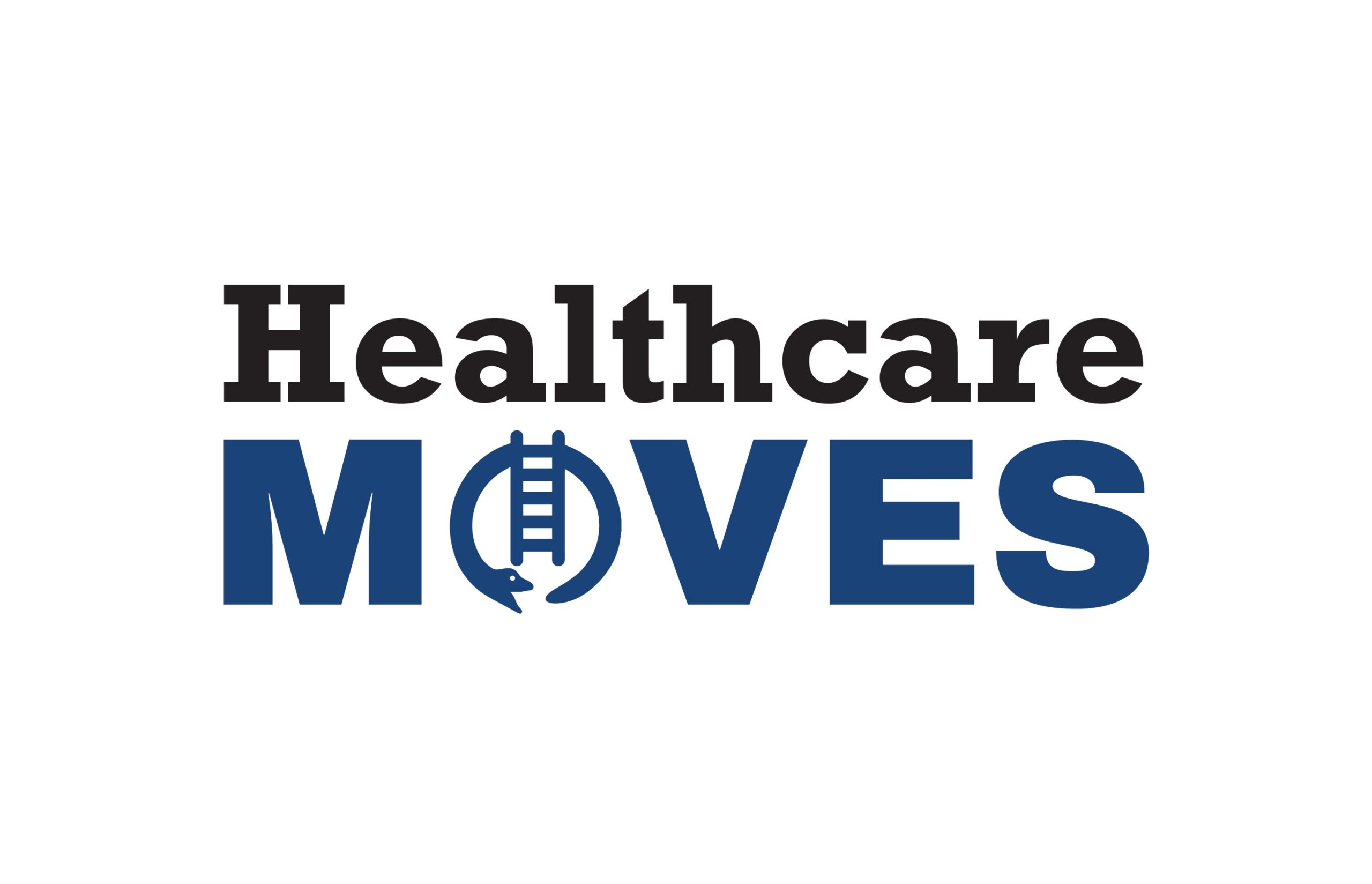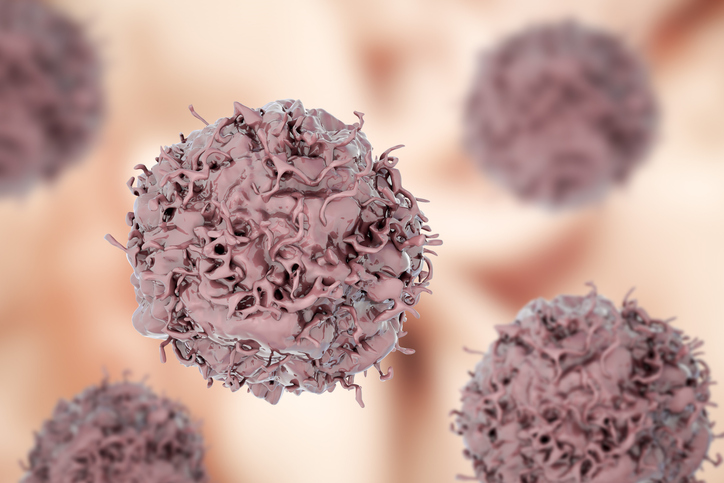Following in his father’s footsteps, orthopedic surgeon Ian Gradisar has returned to Akron.
The younger Gradisar, 36, recently began practicing at the Crystal Clinic Orthopaedic Center, a joint venture between Summa Health System and the Crystal Clinic, a center for outpatient orthopedics care. Gradisar’s father, Ivan, was the Crystal Clinic’s first president and one of the “founding fathers” of orthopedics in Akron, according to Summa.
The elder Gradisar practiced orthopedics for 30 years in Akron, held faculty positions at local universities and was regarded a pioneer in joint research. After following his father to both the University of Notre Dame and The Ohio State University College of Medicine, Ian Gradisar’s journey seems to have come full circle with his position at Crystal Clinic.

With the Rise of AI, What IP Disputes in Healthcare Are Likely to Emerge?
Munck Wilson Mandala Partner Greg Howison shared his perspective on some of the legal ramifications around AI, IP, connected devices and the data they generate, in response to emailed questions.
Prior to his return to Akron, Ian Gradisar completed an orthopedic surgery fellowship at Cleveland Clinic. He spoke with MedCity News about why coming home to Akron was professionally appealing, the most important lesson he learned from the Clinic and the future of orthopedics.
Q: Were you hesitant to go into orthopedics, knowing you’d always be compared to your father?
A: I guess that might be a natural concern because he does leave big shoes to fill. For me, it’s always been one step at a time. It just works out that I followed a very similar path as he did. I knew I wanted to go to med school, and when I was done, I wanted to pursue orthopedics. He’d always told me that I’d find my own way. He never expected me to follow him.
Q: Did you learn anything during your time with Cleveland Clinic that you’ll take with you for the rest of your career?
A: I think the most important thing I learned there is that the patients come first, and that seems to be the general philosophy of Cleveland Clinic. Once you do that and take care of patients as if they’re family, everything else seems to fall into place. When you give world-class care, the patients are very appreciative, and it works in the best interests of both the patients and the hospital.
Q: I’m sure there were plenty of personal reasons to return to Akron, but professionally why was it appealing to you?
A: There were several things that brought me back professionally. First, I enjoyed working in the residency program at Summa. As residents, we spent a lot of time with the attending physicians on a one-on-one basis, and I benefited quite a bit from that, so I was anxious to return and give back to the residency program. Also, there are numerous research opportunities here in Akron. We have many groups to collaborate with, such as the musculoskeletal lab at Summa St. Thomas Hospital, NEOUCOM, as well as the University of Akron and Kent State and now just recently the Austen BioInnovation Institute. Having all those groups together in one spot is kind of a dream for an orthopedic surgeon interested in doing research.
Q: How do you see the field of orthopedics changing over the next 20 years?
A: Up until now, we haven’t had a new solution for the treatment of arthritis. We’ve had excellent results with total-joint replacement, but I think in the future there’s going to be a shift to the cellular and molecular level in cartilage research. We’re already harvesting a patient’s own cartilage, growing it in a lab and then implanting it in the patient. For a patient, that means that perhaps we’ll gain a better understanding of the causes of arthritis and what functions are occurring in a cell that contribute to arthritis. Not that we can completely reverse the process, but perhaps we can find some type of solution that will allow us to get in at the cellular level and slow down the process.
Q: Is there any particular area of research that interests you most?
A: In the past, I worked with Dr. Walter Horton of NEOUCOM, and have looked at some cellular and molecular markers in cartilage that could be the causes for arthritis. So cartilage research is one focus. I’ve also been interested in trying to find the best positioning of components when we implant those components into a person receiving a total hip replacement. That was part of my focus at the Cleveland Clinic.














